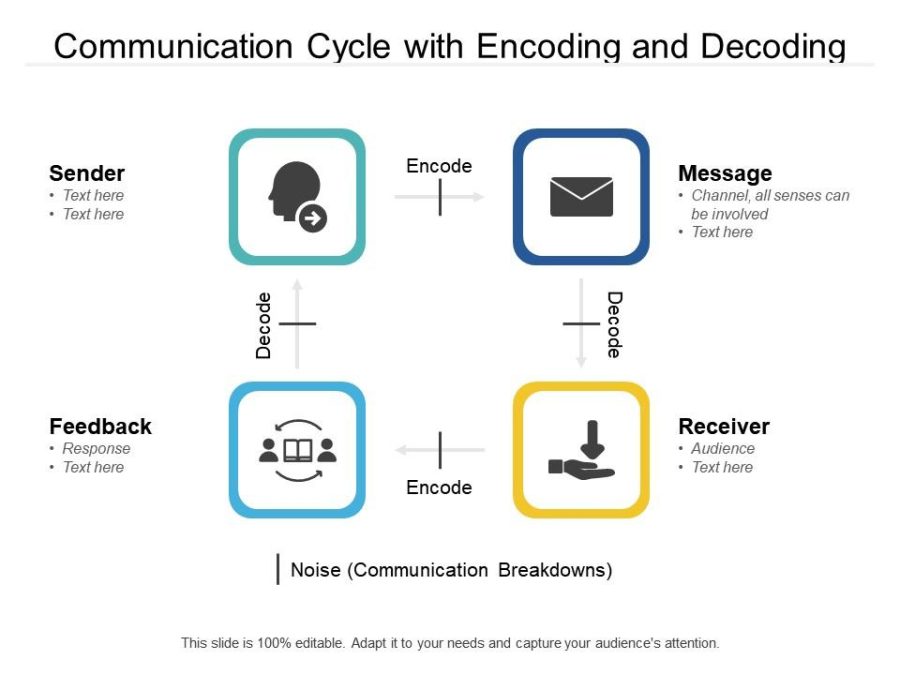Stuart Hall’s theory provides a comprehensive analysis of the communication process. “… . this process in terms of a structure produced and sustained through the articulation of linked but distinctive moments – production, circulation, distribution/consumption, reproduction.”(Durham, 2006) It emphasizes the complexity and centrality of encoding and decoding and the interplay between media messages and social structures. The theory challenges simplistic models of communication and emphasizes the active role of the audience in interpreting the message within its unique social and cultural context.

An analysis of Friends using Stuart Hall’s coding and decoding theory highlights the complexity of media communication. “The televisual sign is a complex one. It is itself constituted by the combination of two types of discourse, visual and aural.” (Durham, 2006)
- Encoding: The Creation of “Friends”
At the heart of Hall’s theory is the process of encoding, whereby creators infuse their messages with intended meanings. In the case of Friends, the show’s creators – the writers, directors, and producers – incorporated their vision of life in New York in the 1990s, focusing on themes of friendship, love, and the challenges of youth. This coding was shaped by their personal experiences, cultural backgrounds, and zeitgeist circumstances. I think it creates a characteristically Western urban living environment with a group of protagonists who are full of humor and storytelling.
- Transmission: the televisual program
After encoding comes transmission, getting the message across to the audience. Originally broadcast on television and later on streaming platforms, “Friends” has attracted a diverse global audience. Even when I was in China, I could see videos promoting “Friends” on social media apps. This wide distribution has played a crucial role in the program’s reception and interpretation in different cultural and social contexts.
- Decoding: my interpretation

Hall’s theory suggests three main positions of decoding: dominant, negotiated, and oppositional decoding. Friends exemplify the diversity of audience interpretations. I belonged to the dominant reading type of audience experience. I found “Friends” to be a light-hearted, comedic portrayal of the sweet and sour aspects of life among a group of close-knit friends. I love the character role of Rachel in it; her lively and sexy personality appeals to me, and her experiences, in my opinion, inspire me to live a positive life. What I understood was in line with the creators’ intended description of the show as humorous and heartwarming. On the contrary, some viewers who read oppositely would see Rachel as representative of the extravagant New York ethos and would see her private life as chaotic. This oppositional stance highlights the difference between coded messages and the interpretations of more critical or socially conscious audiences.
Reference
“Encoding/Decoding.” Media and Cultural Studies: Keyworks, by Meenakshi Gigi Durham and Douglas Kellner, Wiley-Blackwell, 2006, pp. 163–167.

